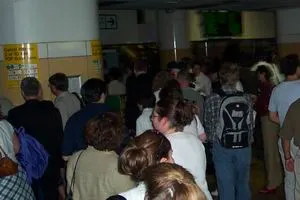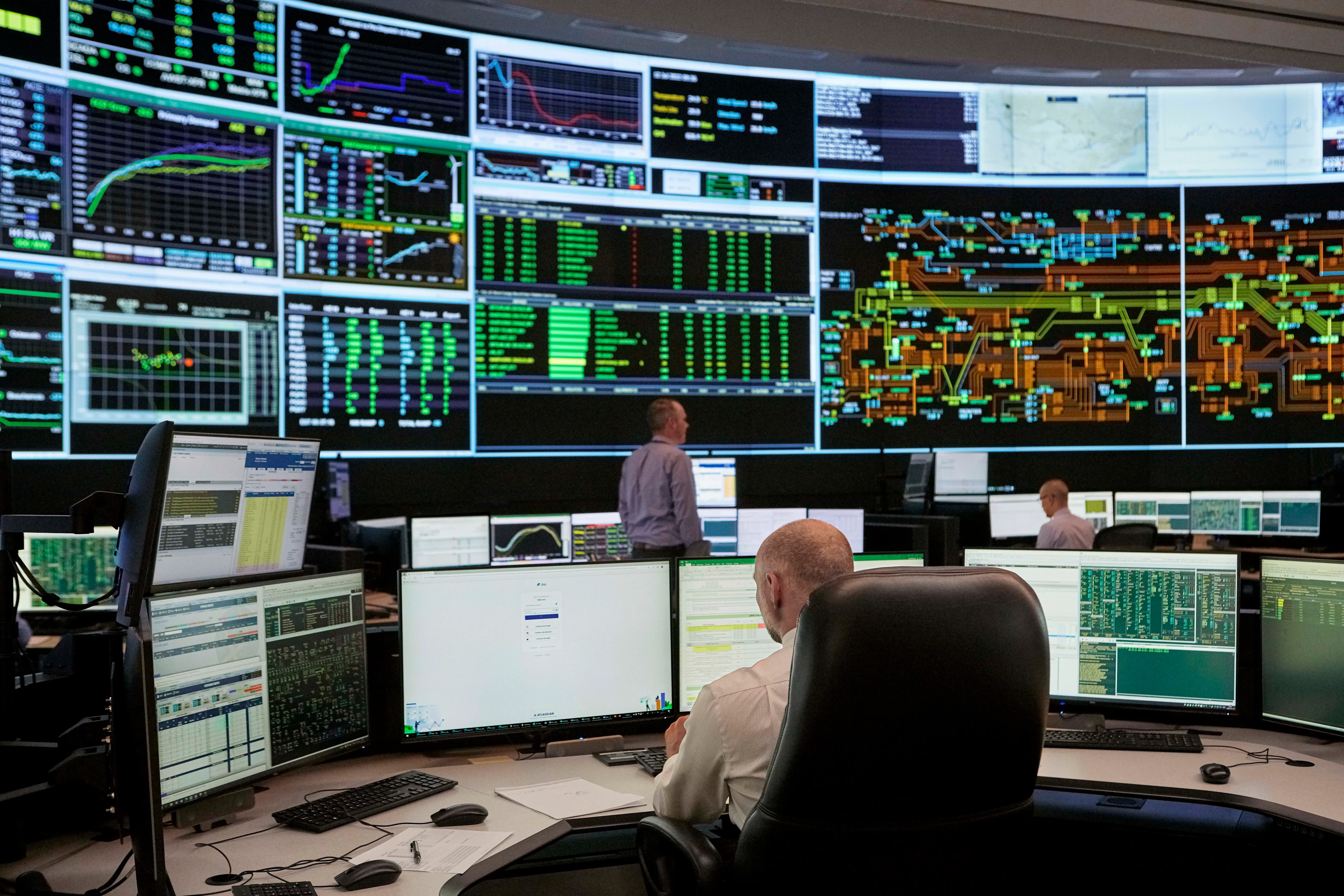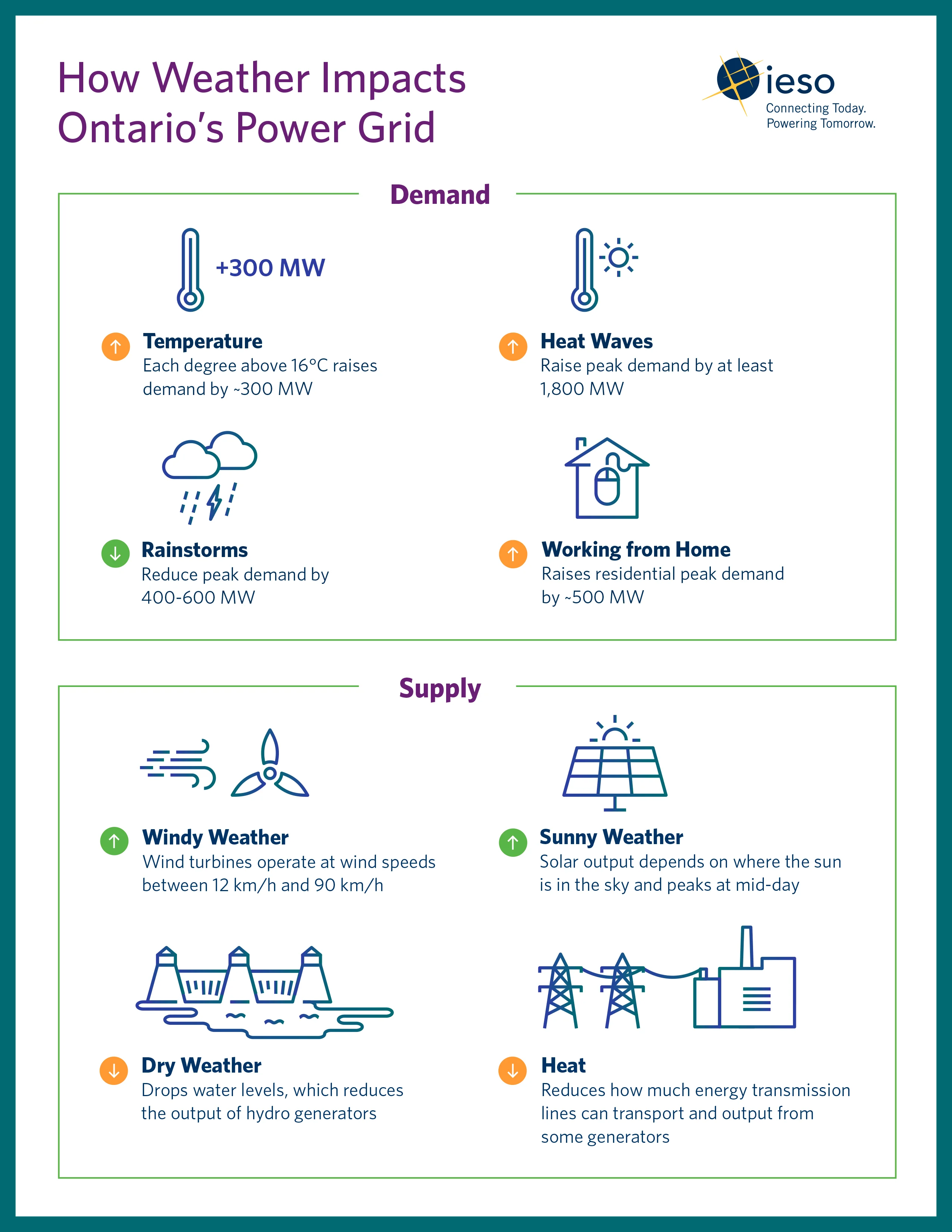
Northeast Blackout: 22 years on, what’s changed, and could it happen again?
It’s been over 20 years since a massive blackout hit Ontario and the U.S. Northeast. What’s changed in the decades since, and could a blackout that severe happen again?
It was around 4:00 p.m. EDT on Aug. 14, 2003, that 55 million people in North America found themselves without power.
22 years later, we look at what has changed in the power industry, and look back on what happened to cause the domino effect that put most of Ontario and eight U.S. states in the dark for days.
For a society that depends so much on electricity, the Northeast Blackout of 2003 was a real eye-opener.
55 million people across Canada and the U.S. lost power that day, including 10 million people in Ontario. It was the most widespread electrical blackout in North American history.
Millions were in the dark for days, traffic lights were down, and non-essential personnel were instructed not to go to work the following day. And with humidity pushing feels-like values toward 40, temperatures were unbearable and even dangerous for some.

Toronto union station during the 2003 blackout. (Jason Pang/Wikipedia. CC BY-SA 2.5)
A chain reaction causes a blackout
Todd Parcey is a control room superintendent at the Independent Electricity System Operator (IESO), Ontario’s power system operator. He was there the day the blackout began.
“As things started to unfold, we got an alarm. A bunch of alarms—and then we got 30,000 alarms within minutes. It sounded like someone won a jackpot at a casino, except it was a prize no one wants to win. You take a deep breath and your training kicks in,” Parcey said in an interview with The Weather Network.
The IESO’s control room operators act like air traffic controllers, except they monitor incoming and outgoing sources of electricity instead of aircraft. That day, an unexpected shutdown of a power plant in Ohio, coupled with overgrown trees coming into contact with power lines, led to a cascading effect on electricity systems across North America.

The IESO’s control room operators act like air traffic controllers, except they monitor incoming and outgoing sources of electricity instead of aircraft. (Source: Independent Electricity System Operator)
What’s changed in the past 20 years?
“When that happened, it was a realization that if we were going to operate an interconnected grid, you can’t have different players doing different things,” said Robby Sohi, the IESO’s Chief Operating Officer and Vice President of Markets and Reliability.
“We all have to follow the same rules," Sohi added.
The Northeast Blackout forever changed the power industry across the continent. International agreements were made industry-wide after the event in 2003 to help prevent the same issues.
Changes included diversified power sources to create extra restoration options, as well as mandatory tree trimming to prevent low hanging branches from coming into contact with major lines.

(Provided by Independent Electricity System Operator)
Could such a serious blackout happen again?
If the power system is so heavily reliant on the weather and local environment, then the ever-increasing challenges of climate change could very well cause a new set of potential issues in the future as the globe continues to heat up.
“We’re starting to see weather events that are more severe and more frequent,” Sohi said of these potential vulnerabilities.
“Frequency is going up and severity is going up. Luckily, nature gives us a pretty good test at least twice a year. We get a really hard winter and we get extreme heat. Those two things actually test the ability of the grid to withstand extreme conditions.”
Even still, the control room operators that Parcey works alongside at the IESO are always ready just in case. Operators hold routine drills and simulations to perfect procedures that would hopefully prevent any long-lasting blackouts if they came about.
“Even though you don’t expect it to happen – you still need to prepare for it,” Parcey said.
Thumbnail image of Toronto skyline during the 2003 Northeast blackout. Credit: Camerafiend/Wikipedia. CC BY-SA 3.0
Editor's note: This article was originally published in 2023. Minor edits made to remove dated content.
